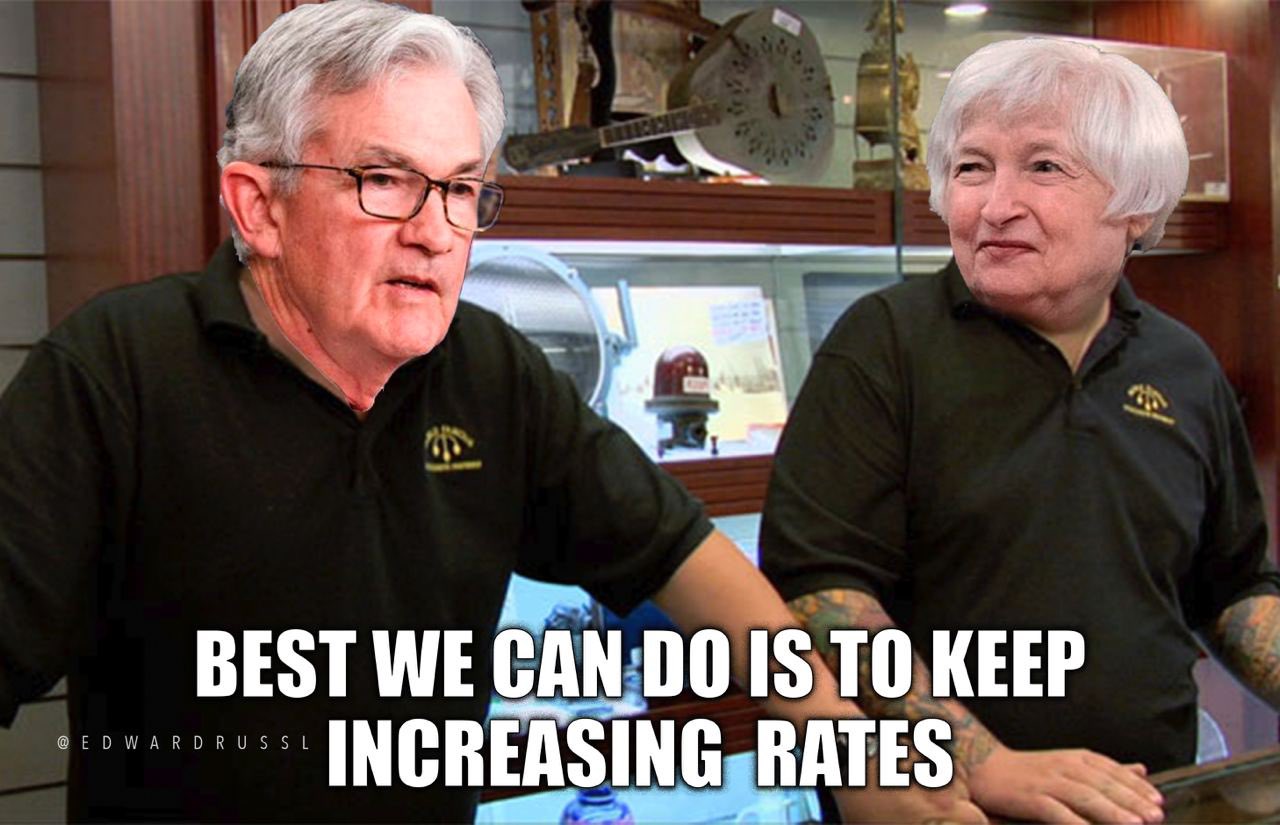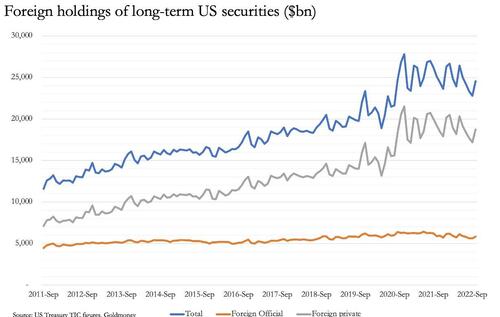jward
passin' thru
The emerging new world economy
Richard D Wolff
The emerging new always both frightens and inspires the fading old. History is evidence of that unity of opposites. Sharp-edged rejections of what is new clash with enthusiastic celebrations of it.
The old gets pushed away even as bitter denials of that reality surge. The emerging new world economy displays just such contradictions.
Four major developments can illustrate them and underscore their interactions.
Shift to economic nationalism
First, the neoliberal globalizing paradigm is now the old. Economic nationalism is the new.It is another reversal of their previous positions. Driven by its celebrated profit motive, capitalism in its old centers (Western Europe, North America and Japan) invested increasingly elsewhere: where labor power was far cheaper; markets were growing faster; ecological constraints were weak or absent; and governments better facilitated rapid accumulation of capital.
Those investments brought big profits back into capitalism’s old centers, whose stock markets boomed and thus their income and wealth inequalities widened (since the richest own the great bulk of securities).
Even faster was the economic growth unleashed after the 1960s in what quickly became capitalism’s new centers (China, India and Brazil). That growth was further enhanced by the arrival of the capital relocated from the old centers.
Capitalism’s dynamic had earlier moved its production center from England to the European continent, then on to North America and Japan. That same profit-driven dynamic took it to mainland Asia and beyond during the end of the 20th and beginning of the 21st centuries.
Neoliberal globalization in theory and practice both reflected and justified this relocation of capitalism. It celebrated the profits and growth brought to both private and state-owned/operated enterprises around the world.
It played down or ignored the other sides of globalization: (1) growing income and wealth inequalities inside most countries; (2) the shift of production from old to new centers of capitalism; and (3) faster growth of output and markets in new centers than old centers.
These changes shook the old centers’ societies. Middle classes there atrophied and shrank as good jobs moved increasingly to capitalism’s new centers.
The old centers’ employer classes used their power and wealth to maintain their social positions. Indeed, they got richer by harvesting the greater profits rolling in from the new centers.
However, neoliberal globalization proved disastrous for most employees in capitalism’s old centers. In the latter, the employer class not only grabbed rising profits, but also offloaded the costs of the decline of capitalism’s old centers on to employees.
Tax cuts for business and the wealthy, stagnant or declining real wages (abetted by immigration), “austerity” reductions of public services, and neglect of infrastructure produced widening inequality.
Working classes across the capitalist West were shocked out of the delusion that neoliberal globalization was the best policy for them too. Rising labor militancy across the US, like mass uprisings in France and Greece and leftist political shifts across the Global South, entail rejections of neoliberal globalization and its political and ideological leaders.
Beyond that, capitalism itself is being shaken, questioned, and challenged. In new ways, projects for going beyond capitalism are again on the historical agenda despite the status quo’s efforts to pretend otherwise.
Expanding state power
Second, over recent decades, the intensifying problems of neoliberal globalization forced capitalism to make adjustments. As neoliberal globalization lost mass support in capitalism’s old centers, governments took on powers and made more economic interventions to sustain the capitalist system.In short, economic nationalism rose to replace neoliberalism. Instead of the old laissez-faire ideology and policies, nationalist capitalism rationalized the state’s expanding power.
In capitalism’s new centers, enhanced state power produced economic development that markedly outgrew the old centers. The new centers’ recipe was to create a system in which a large sector of private enterprises (owned and operated by private individuals) co-existed with a large sector of state enterprises owned by the state and operated by its officials.
Instead of a mostly private capitalist system (like that of the US or UK) or a mostly state capitalist system (like that of the USSR), places like China and India produced hybrids. Strong national governments presided over coexisting large private and state sectors to maximize economic growth.
Both private and state enterprises and their co-existence deserve the label “capitalist.” That is because both organize around the relationship of employers and employees. In both private and state enterprises/systems, a small employer minority dominates and controls a large employee majority.
After all, slavery also often displayed co-existing private and state enterprises that shared the defining master-slave relationship. Likewise, feudalism had private and state enterprises with the same lord-serf relationship.
Capitalism does not disappear when it displays co-existing private and state enterprises organized around the same employer-employee relationship. Thus we do not conflate state capitalism with socialism.
In the latter, a different, non-capitalist economic system displaces the employer-employee organization of workplaces in favor of a democratic workplace community organization as in worker cooperatives. The transition to socialism in that sense is also a possible outcome of the turmoil today surrounding the formation of a new world economy.
The state-private hybrid in China achieves remarkably high and enduring GDP and real-wage growth rates that have continued now over the last 30 years. That success deeply influences economic nationalisms everywhere to move toward that hybrid as a model.
Even in the US, competition with China becomes the go-to excuse for massive governmental interventions. Tariff wars – which raised domestic taxes – could be enthusiastically endorsed by politicians who otherwise preached laissez-faire ideology.
The same applied to government-run trade wars, government targeting of specific corporations for punishment or bans, government subsidies to whole industries as so many anti-China economic ploys.
Imperial decline
Third, over recent decades, the US empire peaked and began its decline. It thus follows every other empire’s (Greek, Roman, Persian and British) classic pattern of birth, evolution, decline, and death.The US empire emerged from and replaced the British Empire over the last century and especially after World War II. Earlier, in 1776 and again in 1812, the British Empire tried and failed militarily to prevent or stop an independent US capitalism from developing.
After those failures, Britain took a different path in its relations with the US. After many more wars in its colonies and with competing colonialisms across the 19th and 20th centuries, Britain’s empire is now gone.
The question is whether the US has learned or even can learn the key lesson of Britain’s imperial decline. Or will it keep trying military means, ever more desperately and dangerously, to hold on to a global hegemonic position that relentlessly declines?
After all, the US wars in Korea, Vietnam, Afghanistan and Iraq were all lost. China has now replaced the US as the major peacemaker in the Middle East. The days of the US dollar as the supreme global currency are numbered. US supremacy in high-tech industries must already be shared with China’s high-tech industries.
Even major US corporate CEOs such as Apple’s Tim Cook and the US Chamber of Commerce want the profits of more trade and investment flows between the US and China. They look with dismay at the Joe Biden administration’s rising politically driven hostilities directed at China.
What does the future hold?
Fourth, the US empire’s decline raises the question of what comes next as the decline deepens.Is China the emerging new hegemon? Will it inherit the empire mantle from the US like the US took it from Britain? Or will some multinational new world order emerge and shape a new world economy?
The most interesting possibility, and perhaps the likeliest, is that China and the entire BRICS (Brazil, Russia, India, China and South Africa) grouping of nations will undertake the construction and maintenance of a new world economy.
The war in Ukraine has already enhanced the prospects of such an outcome by strengthening the BRICS alliance. Many other countries have applied or will soon apply for entry to the BRICS framework.
Together, they have the population, resources, productive capacity, connections, and accumulated solidarity to be a new pole for world economic development. Were they to play that role, the remaining parts of the world from Australia and New Zealand to Africa, Europe and South America would have to rethink their foreign economic and political policies.
Their economic futures depend in part on how they navigate the contest between old and new world economic organizations. Those futures likewise depend on how critics and victims of both neoliberal/globalizing capitalism and nationalist capitalism interact inside all nations.

The emerging new world economy
The emerging new always both frightens and inspires the fading old. History is evidence of that unity of opposites. Sharp-edged rejections of what is new clash with enthusiastic celebrations of it.…
 asiatimes.com
asiatimes.com








